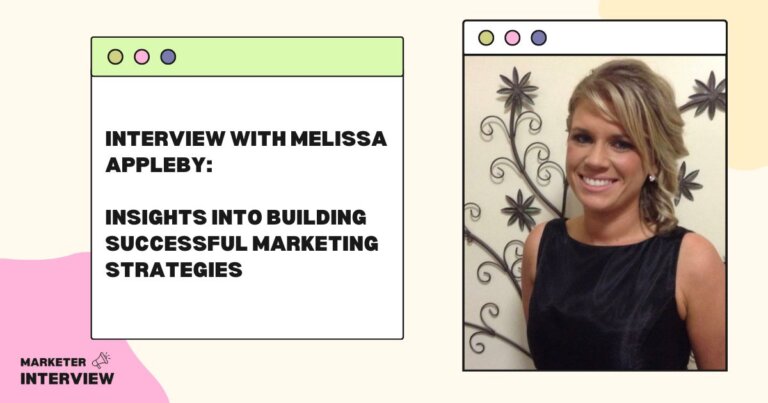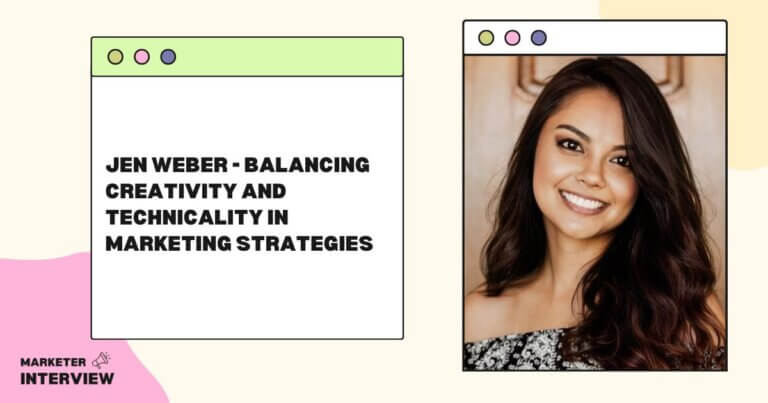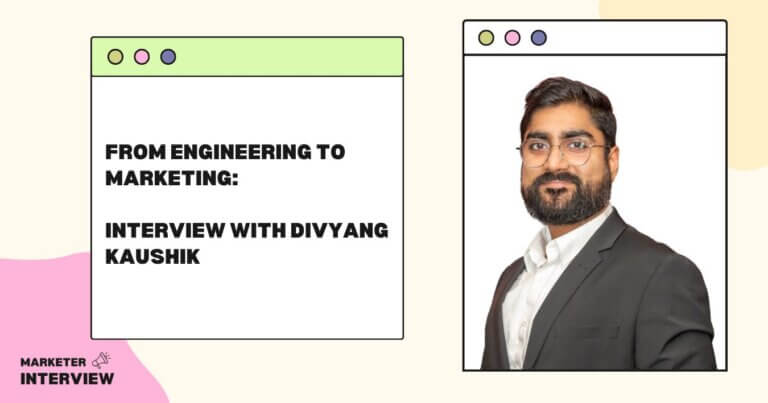Navigating the Marketing Landscape: Insights from Roshni Wijayasinha
Welcome to Marketer Interview, where we dive deep into the minds of remarkable marketing professionals who have left an indelible mark in the industry.
In this edition, we have the privilege of sitting down with Roshni Wijayasinha, Founder and CEO of Prosh Marketing, a seasoned marketing expert with over 17 years of experience.
Roshni’s journey in the marketing world began on the agency side, working with top consumer brands. Over the years, she has earned her stripes by infusing creativity and strategic insights into global technology giants like Microsoft, Sony, and Kobo.
With accolades such as Marketing Magazine’s Top 30 Under 30 and Enterprise Viewpoint’s CMO of the Year – Insurtech, Roshni is more than a marketing leader; she’s a beacon in the industry. She also shares her insights through the Forbes Communications Council and contributes to the tech world as an angel investor with The Firehood.
Join us in this exclusive interview as Roshni takes us through her journey in marketing, her strategies for startups, and the tools that power her success.
Contents
- 1 Can you share how you initially got into marketing and what motivated you to pursue a career in this field?
- 2 You’ve worked with leading global technology companies like Microsoft, Sony, and Kobo. What key lessons did you learn from these experiences that have shaped your marketing approach?
- 3 Startups often face unique challenges when it comes to marketing, especially with tight budgets. Please provide some insights into your strategies for helping startups make a significant impact in the market without breaking the bank.
- 4 What motivated you to establish Prosh Marketing, and how does your consultancy differ in its approach to marketing strategy, planning, and communications for startups and small businesses?
- 5 Could you share a memorable success story or campaign where you’ve helped a startup gain significant market traction?
- 6 In the world of marketing, tools and software are essential. What are the key tools and software you rely on to streamline your work and drive results?
- 7 Brand launches and lifecycle management are your core areas of expertise. Please give us a glimpse into your methodology for orchestrating a successful product or brand launch and how you maintain momentum throughout a product’s lifecycle.
- 8 As an angel investor with The Firehood, you’re actively supporting women in tech. What inspired you to take on this role, and what impact do you hope to make within the tech industry?
- 9 Being recognized as Marketing Magazine’s Top 30 Under 30 and Enterprise Viewpoint’s CMO of the Year – Insurtech is a remarkable achievement. Can you share the pivotal moments that have contributed to your success?
- 10 Multi-agency management is a significant part of your skill set. How do you effectively coordinate efforts and strategies across various agencies to ensure a cohesive marketing approach?
- 11 As a seasoned marketer, what advice would you offer aspiring marketing professionals looking to make their mark in the industry, especially in the dynamic world of startups and technology?
I was an artist at an early age and always wanted a career that leaned into my creativity. At university, I developed a deep passion for marketing after taking classes on consumer behavior and integrated marketing communications.
These professors influenced me, and I’m still in touch with them today. Witnessing my work in the real world when the campaign goes live also feels like my art is on display.
You’ve worked with leading global technology companies like Microsoft, Sony, and Kobo. What key lessons did you learn from these experiences that have shaped your marketing approach?
1. Watch your competitors closely: Some companies even dedicate special teams to track various competitors.
2. Always think one step ahead: In every planning process, anticipate the outcomes and think of mitigation strategies in advance. This approach can enhance the feasibility and effectiveness of your strategies.
3. Localize to local markets: At Microsoft and Sony, we had to adapt marketing content and channels to suit local market units. At Kobo, we implemented product marketing strategies across diverse markets with varying needs and desires, and localization of messaging for each is necessary.
4. Structure your processes to make them repeatable and scalable: In larger companies, we built established best practices with structured processes that allowed us to repeat success and maintain consistency across markets.
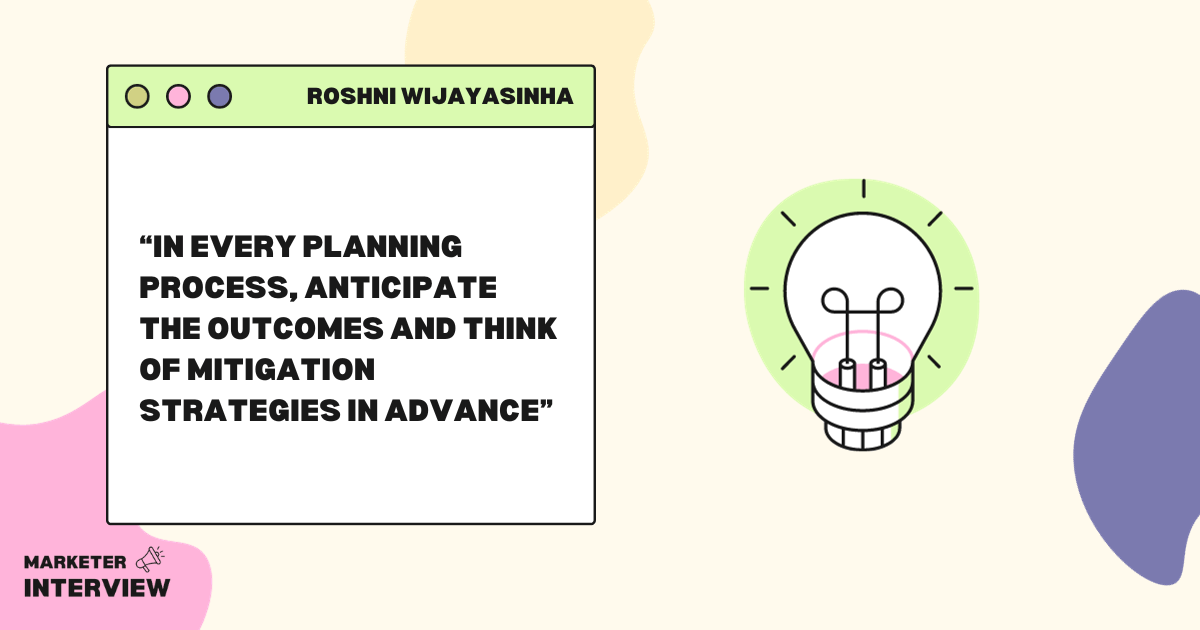
Startups often face unique challenges when it comes to marketing, especially with tight budgets. Please provide some insights into your strategies for helping startups make a significant impact in the market without breaking the bank.
To create a significant impact in the market without breaking the bank, I frequently advise startups to explore cost-effective inbound marketing channels, such as social media, SEO, and email marketing. Lean into the “one-to-many” concept to amplify your limited resources and efforts. Channels like influencers, affiliates, and partnerships can multiply your reach efficiently.
Also, remember to focus efforts on a narrow target segment and try to win them first before going more massively. This concentration of resources will allow you to gain a larger share of voice in the early stages and, therefore, allow you to grow faster, even with a smaller budget.
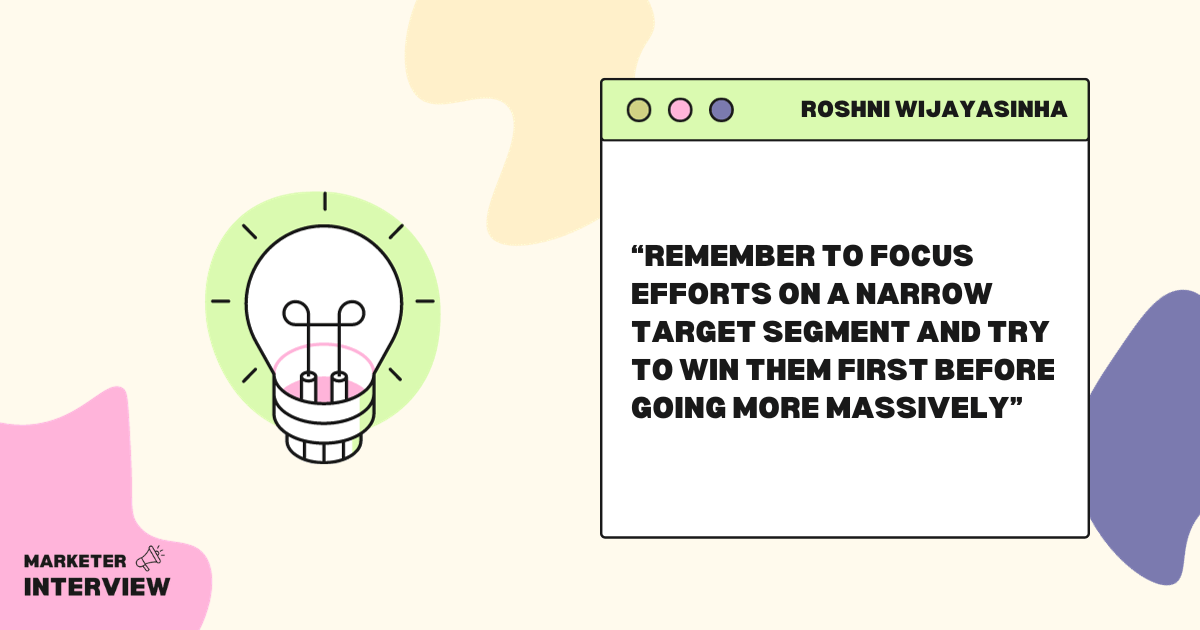
What motivated you to establish Prosh Marketing, and how does your consultancy differ in its approach to marketing strategy, planning, and communications for startups and small businesses?
Having worked at 3 startups as the Head of Marketing, I learned hands-on how to build a marketing infrastructure from the ground up. I wanted to share this knowledge with more companies and help them with the valuable strategies I had just learned.
The fCMO (fractional CMO) model at Prosh Marketing sets us apart from traditional consulting companies as we collaborate with our clients to implement our proposed strategies over a long term rather than on a project basis.
Our primary focus is coaching companies to enhance their internal marketing skills and establish systematic workflows and tools rather than handling everything for them as a fully managed service (like traditional agencies do).
I worked with an Insurtech company to develop their brand, messaging, positioning, website, marketing strategy, and sales support collateral from scratch.
I assisted in establishing their marketing infrastructure, including the team, tools, systems, and processes. With all these efforts combined, the company has grown from a pre-seed stage to Series B and has successfully expanded into the US market.
In the world of marketing, tools and software are essential. What are the key tools and software you rely on to streamline your work and drive results?
As we operate our business remotely, we use tools to streamline communication and business operations. Here are some of the tools we use:
- Slack: Communication with clients and team
- Asana: Project management
- Onedrive / Google Suite: Shared documents allow for collaboration
- Hubspot: CRM for leads management, deal tracking and sales reporting
- Airtable: Content approval
Brand launches and lifecycle management are your core areas of expertise. Please give us a glimpse into your methodology for orchestrating a successful product or brand launch and how you maintain momentum throughout a product’s lifecycle.
This is the framework I use when working on a go-to-market plan:
- Start with market and product research to understand your target customers and segment to cater to their needs and desires.
- Examine sales or marketing objectives to map strategies with relevant tactics that resonate with your target audience.
- Carefully create a budget to appropriately plan resources according to the affordability or ideal profit margin.
- Develop the timeline to manage each task efficiently, with appropriate time frames between proposing ideas and decision-making.
- Sustain momentum by continuously monitoring KPIs to objectives and making necessary corrections.
As an angel investor with The Firehood, you’re actively supporting women in tech. What inspired you to take on this role, and what impact do you hope to make within the tech industry?
Women need more platforms to showcase their creativity, innovation, and talents. When they start their journey as entrepreneurs, one of the most significant challenges they face is limited access to capital. I’ve heard so many inspiring ideas in pitching competitions, and through my angel investing, I hope to bring greater diversity and, thus, innovation to our world.
At Sony, I had the opportunity to launch and establish a global sponsorship program for Sony Mobile x Major League Gaming.
The journey was challenging but rewarding as the program I built in the US was replicated in other markets because of its success.
Next, at Kobo, my boss resigned two weeks after I started, so I stepped up to lead the global product marketing team. This gave me many opportunities to learn and grow, and taking on this responsibility was a significant milestone in my career.
Following the launch of Prosh Marketing, I also helped the Insurtech company mentioned earlier build its brand and marketing from the ground up. Designing every detail from scratch allowed me to showcase not only my creative abilities but also my marketing expertise.
Multi-agency management is a significant part of your skill set. How do you effectively coordinate efforts and strategies across various agencies to ensure a cohesive marketing approach?
Before starting a project or plan, form a unified team with your agencies and establish aligned goals. Also, brief all the agencies to ensure they’re all on the same page.
Throughout the project, utilize communication platforms to share the project plan to keep the team aware and promote collaboration. Finally, hold periodic cross-agency calls to exchange learnings and monitor progress.
As a seasoned marketer, what advice would you offer aspiring marketing professionals looking to make their mark in the industry, especially in the dynamic world of startups and technology?
Don’t be afraid to take calculated risks and test various strategies. Be brave to test strategies based on research, competitive intelligence, and a deep understanding of your target market. Conducting an A/B test is always helpful to learn what works and optimize for better outcomes.


